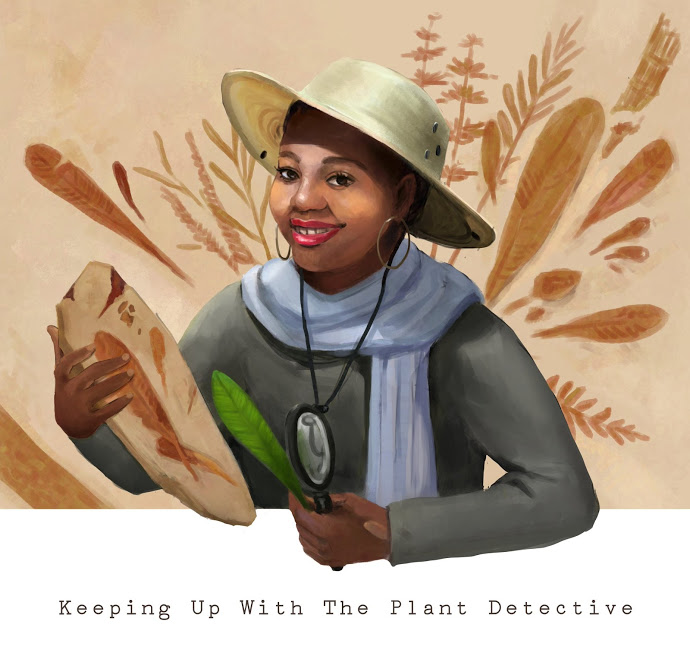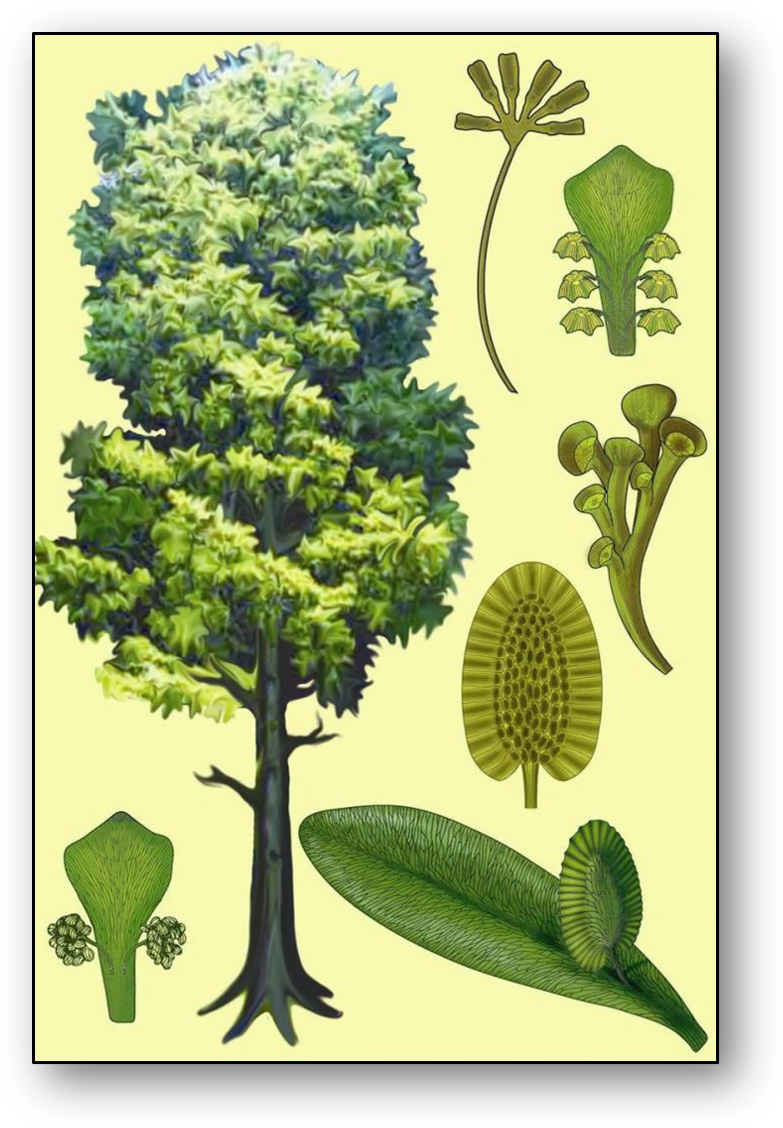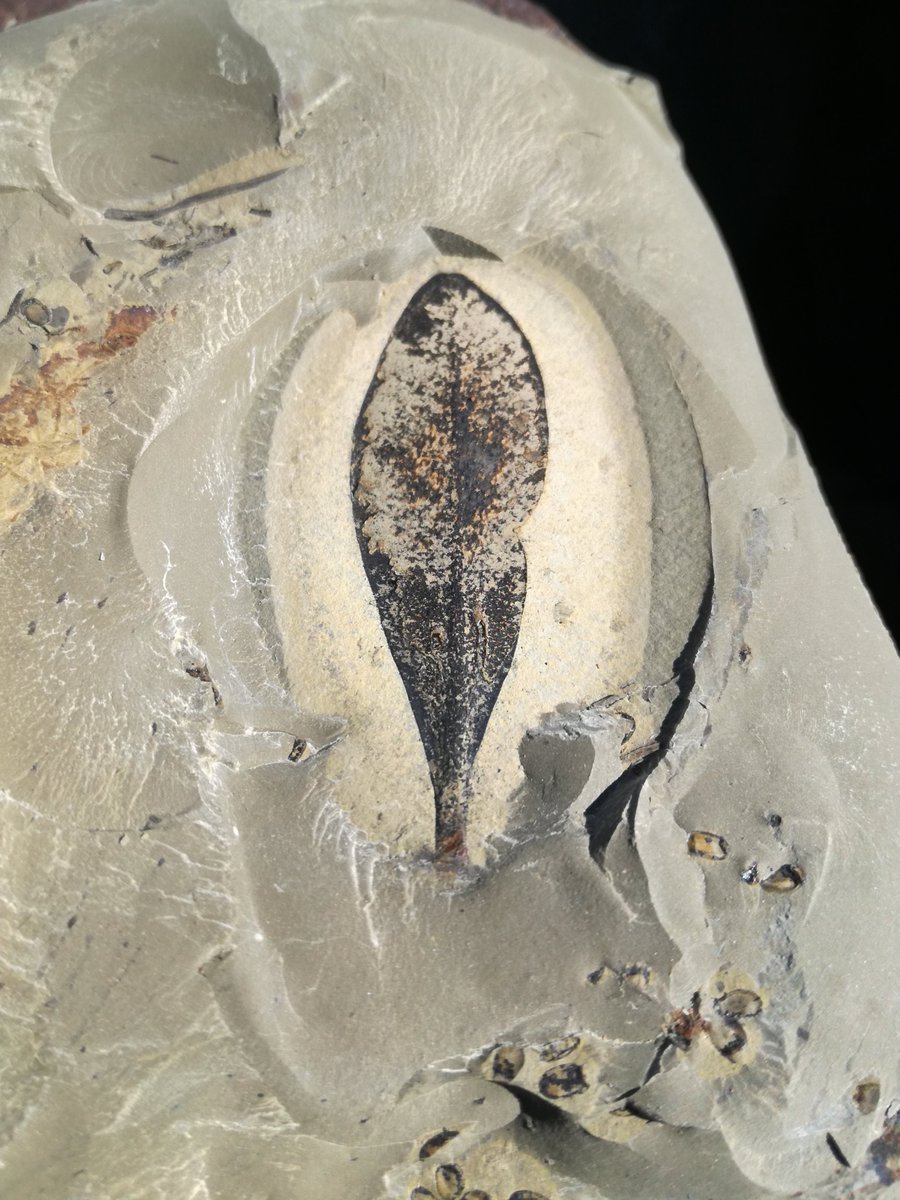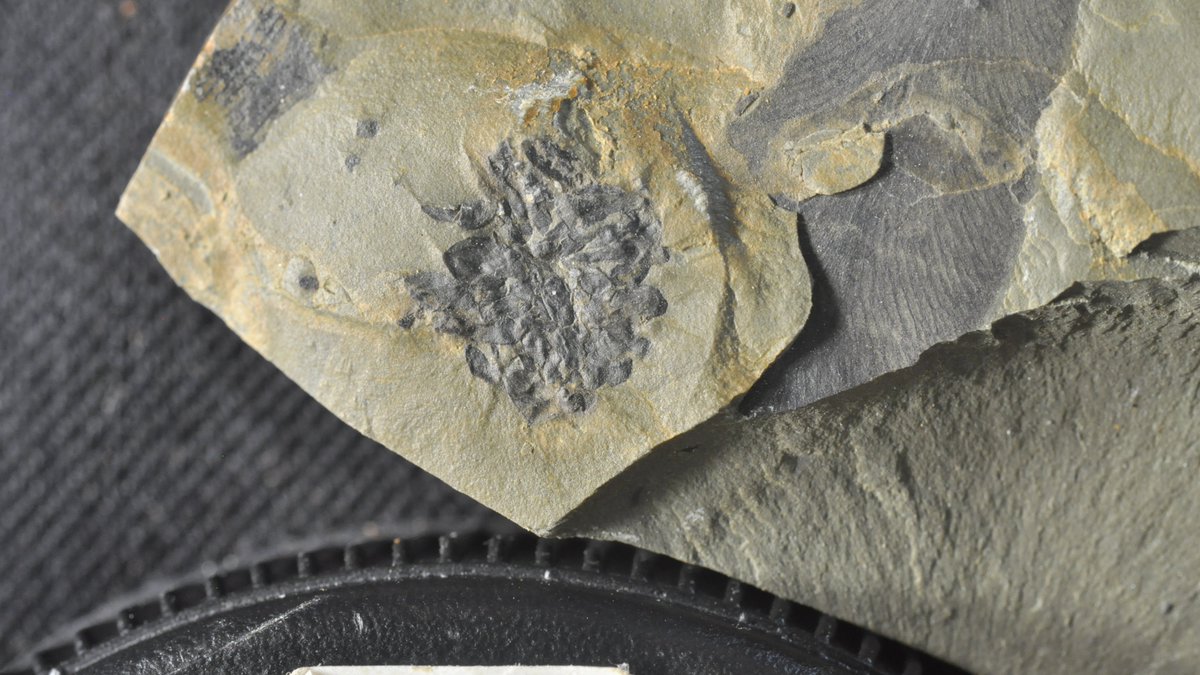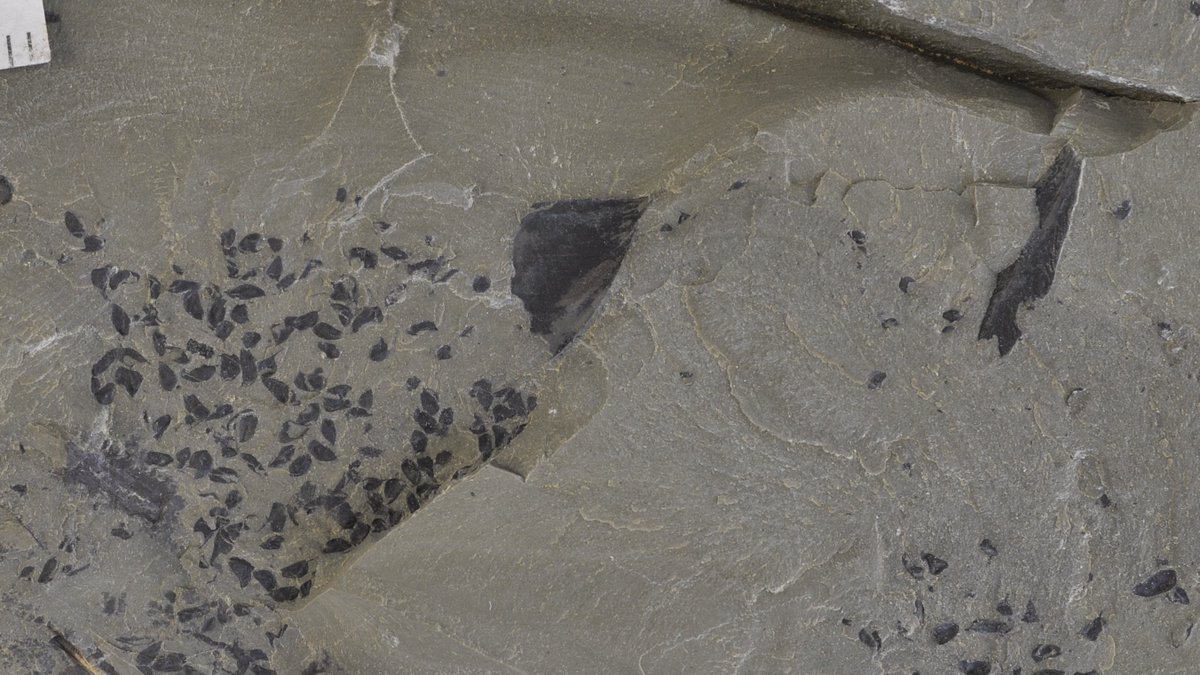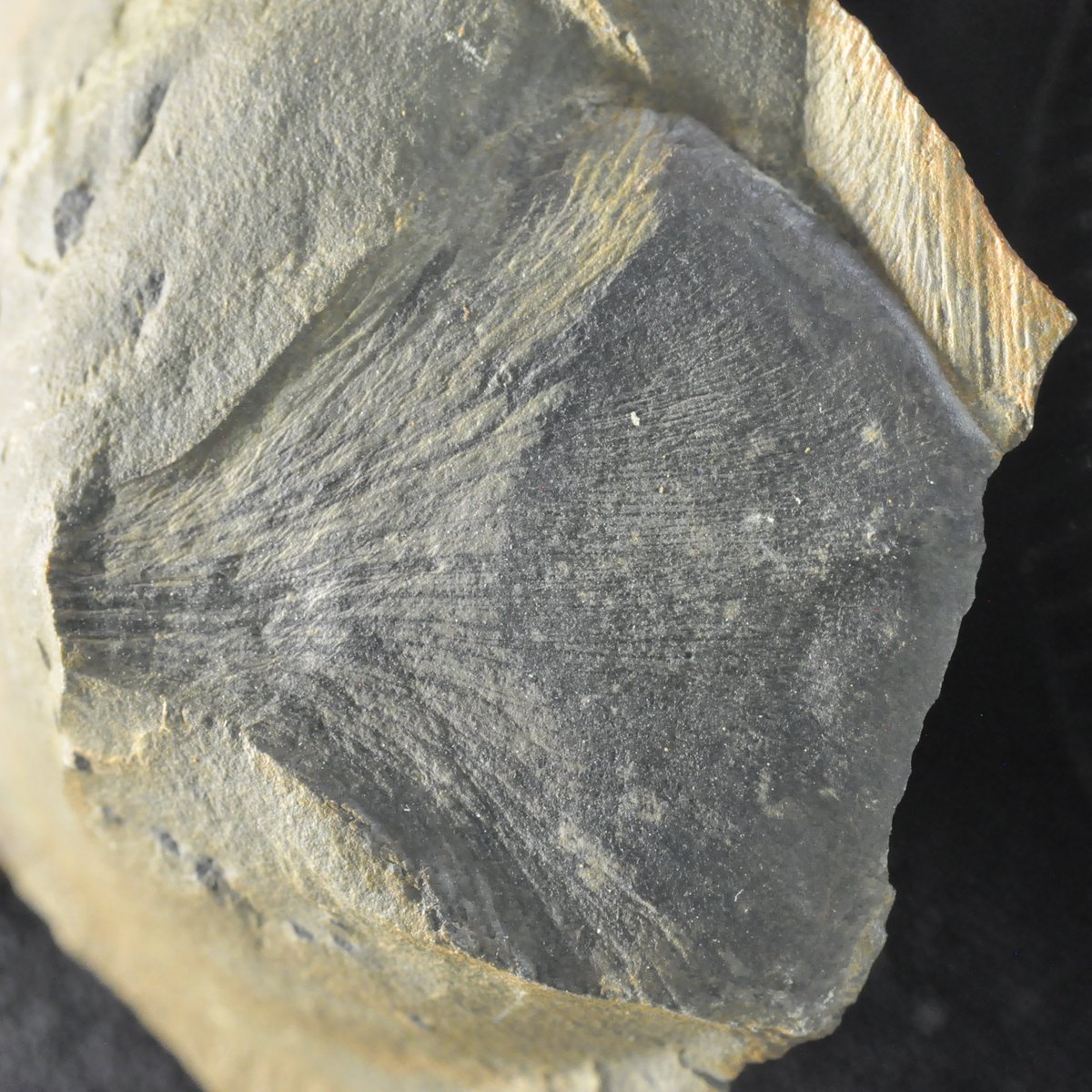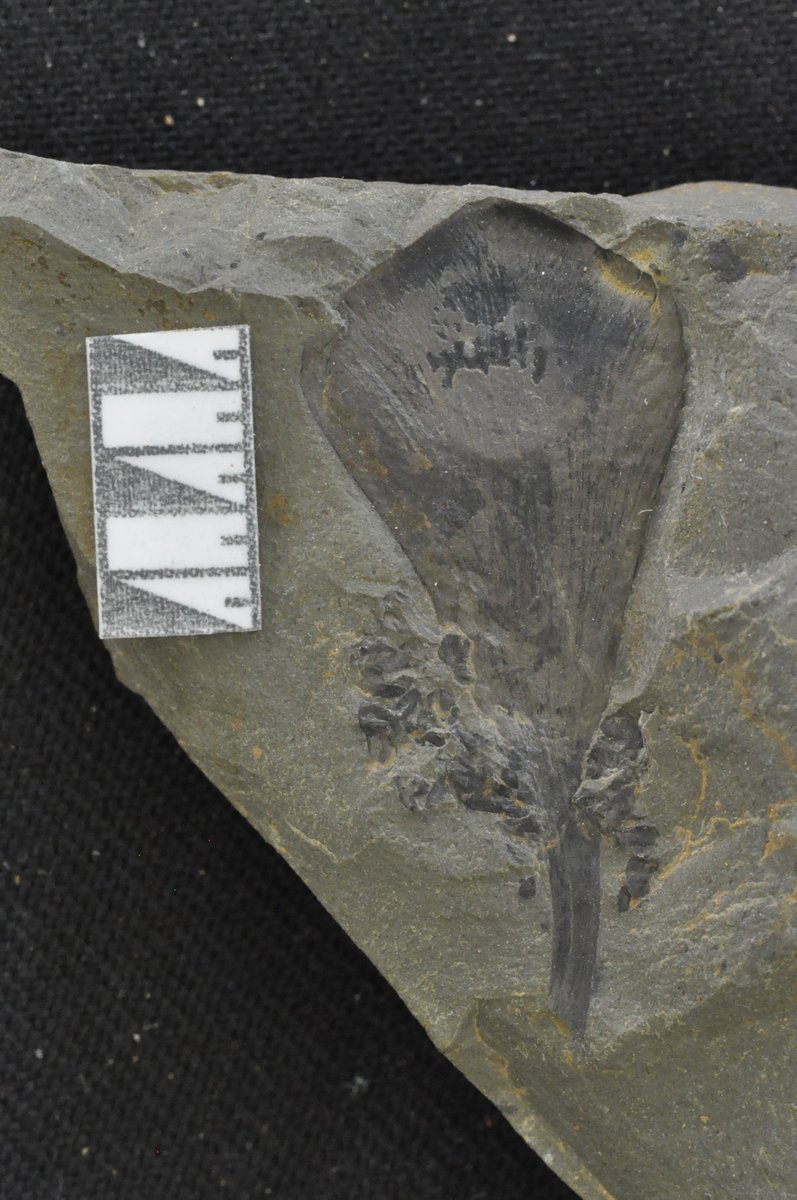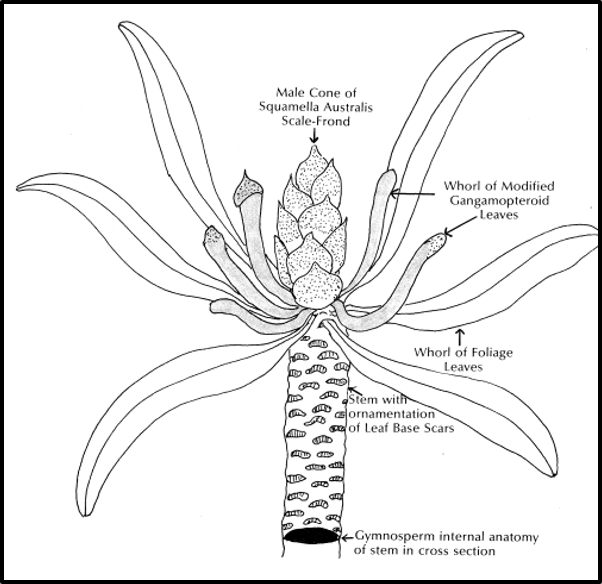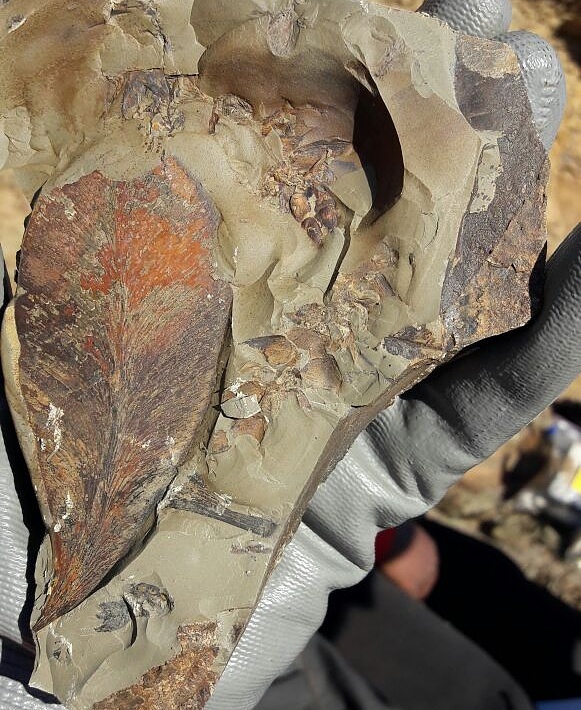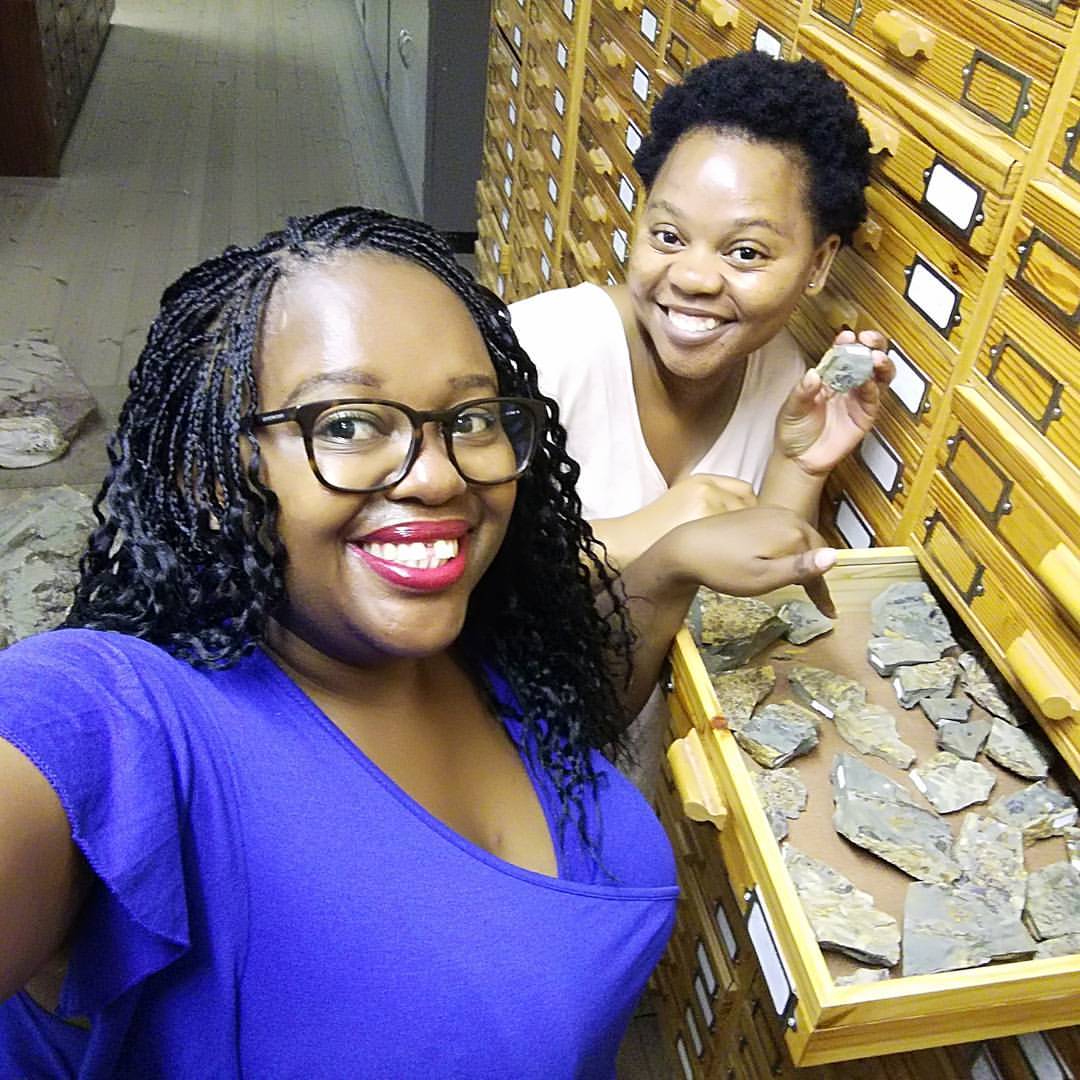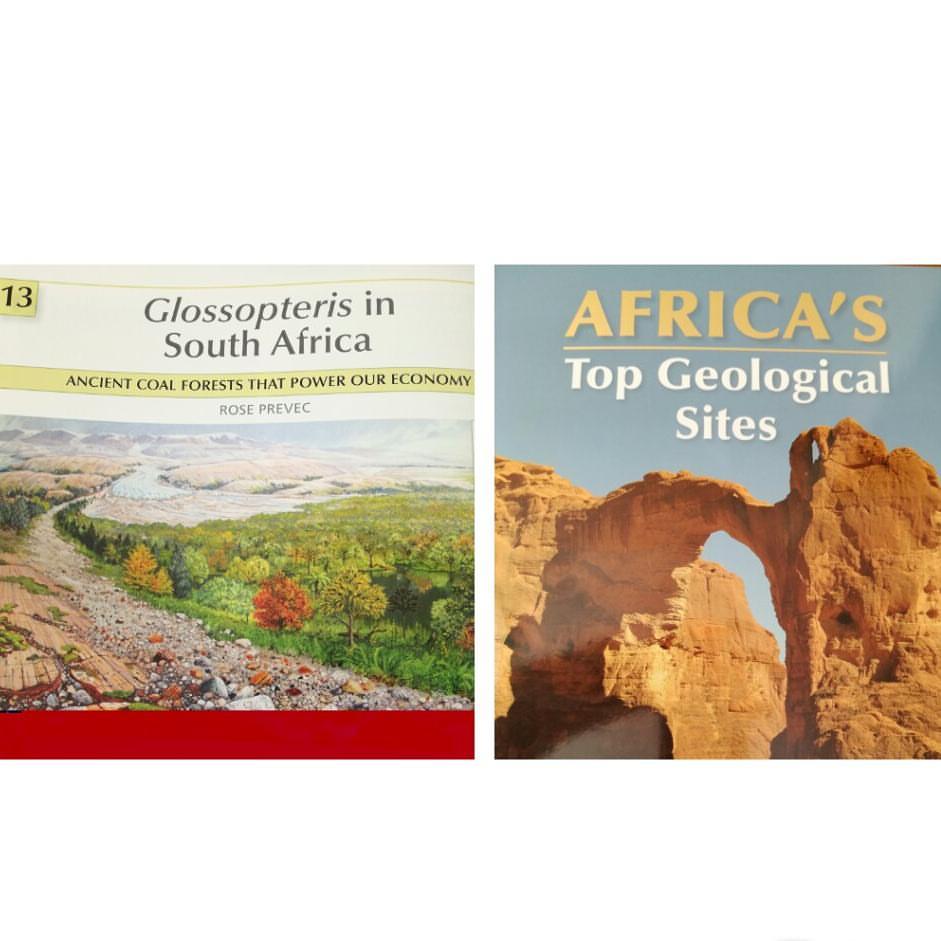Episode 5: Glossopteris Reconstruction(Part 1)
Glossopteris and its affinities can be confusing. Unlike in the present day, you cannot go and look at the tree, study it, and easily reconstruct all its features. (1/14)
#BlackBotanistsWeek #FossilFriday #botany101 #scicomm #phdchat
Glossopteris and its affinities can be confusing. Unlike in the present day, you cannot go and look at the tree, study it, and easily reconstruct all its features. (1/14)
#BlackBotanistsWeek #FossilFriday #botany101 #scicomm #phdchat
Last time on “Keeping Up with the Plant Detective” (2/14) https://twitter.com/UdeMischa/status/1278990919124037637?s=20
The glossopterid fossil record is highly fragmented, discovering whole floras is very rare. This means that fossils are described as they are found and useful links (attached fertile structures) can be discovered after several years have passed. (3/14)
So, what does that mean? Well, each part of the Glossopteris plant is given different names. The leaves, stems, roots, fertile structures, sterile structures, and components of the fertile structures can belong to different genera, families, and orders. (4/14)
Let’s use one of the male Glossopteris structures as an example.
Arberiella is the pollinate structure that consists of the microsporangia sacs of Glossopteris fructifications. Arberiella has been reported across Gondwana (5/14)
Arberiella is the pollinate structure that consists of the microsporangia sacs of Glossopteris fructifications. Arberiella has been reported across Gondwana (5/14)
They can be found isolated, in clusters, or organised in fertile structures (we will get to this later). 6/14
A study showed that a single Aberiella pollen sac can contain various types of pollen structures belonging to different genera (let's not go into this). 7/14
The scale leaves
Numerous isolated scale leaves occur, these are sterile structures, and they come in different shapes and forms. Some researchers give them names while others chose to group them in morphospecies. When attached to microsporangia, it is given a different name.8/14
Numerous isolated scale leaves occur, these are sterile structures, and they come in different shapes and forms. Some researchers give them names while others chose to group them in morphospecies. When attached to microsporangia, it is given a different name.8/14
Eretmonia
The genus Eretmonia, is the male fertile structure of Glossopteris. Eretmonia is squamate in shape with a ‘petiole’ (extended base) that extends from the lamina which bears sporangia of the Arberiella type. Therefore:
Scale leaf + Arberiella = Eretmonia
The genus Eretmonia, is the male fertile structure of Glossopteris. Eretmonia is squamate in shape with a ‘petiole’ (extended base) that extends from the lamina which bears sporangia of the Arberiella type. Therefore:
Scale leaf + Arberiella = Eretmonia

Glossatheca described in India,is like Eretmonia, they differ by the no. of sporangia-bearing pedicels. Some researchers suggest that Glossotheca and Eretmonia should be placed under one genus because the differences are so small. So much controversy! 10/14
 : Surange & Chandra
: Surange & Chandra
 : Surange & Chandra
: Surange & Chandra
Eretmonia scales are also thought to be born on cones, White (1978) was the first to suggest and publish on this arrangement. This structure she called Squamella and has never been described beyond Australia and Antarctica. (11/14)
Guess what? We have now found it in South Africa! Yes! We have found it as a complete cone and in massive mats!!! How exciting! (12/14)
 : Next to the leaf
: Next to the leaf
 : Next to the leaf
: Next to the leaf
I hope I have given you a glimpse into the complicated nature that is Glossopteris. I will be filling in more gaps as the series goes  (13/14)
(13/14)
 (13/14)
(13/14)

 Read on Twitter
Read on Twitter